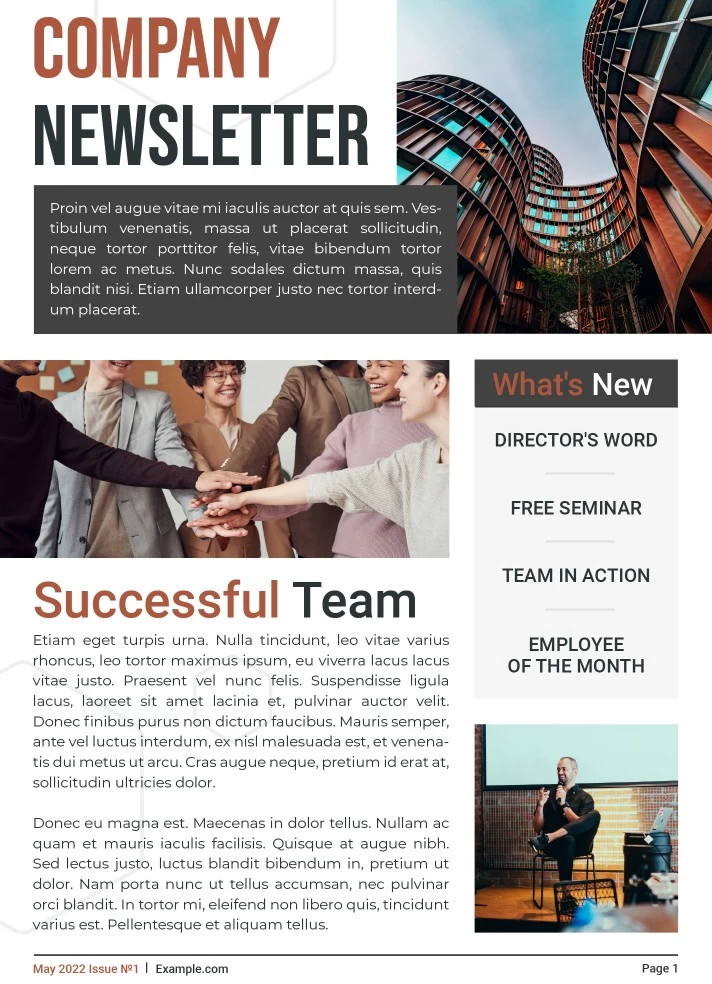Creating a media kit for First Nations non-profit organizations is a critical step in ensuring that these entities can effectively communicate their missions, projects, and impacts to a broader audience. A media kit, also known as a press kit, is a comprehensive package of information and resources designed to facilitate media coverage and public understanding of an organization’s work. For First Nations non-profit organizations, which often operate within unique cultural and social contexts, a well-crafted media kit is not just a tool for publicity; it’s a means of storytelling, cultural preservation, and advocacy.
This essay will explore the process of creating a media kit tailored to First Nations non-profit organizations, focusing on understanding the target audience, crafting the narrative, and choosing the right components for the kit. Additionally, it will touch on the importance of cultural sensitivity and accuracy throughout the process.
Understanding the Target Audience
Before assembling a media kit, it’s essential to identify and understand the target audience. For First Nations non-profit organizations, the audience might include local and national media outlets, potential donors, policymakers, and the general public, each with different levels of understanding and interest in First Nations issues.
Identifying Media Outlets
- Local vs. National: Consider the scope of your organization’s work and its relevance to local, regional, or national news outlets.
- Specialized Media: Identify media outlets that focus on Indigenous issues, non-profit work, environmental concerns, or other areas relevant to your organization’s mission.
Understanding Audience Needs
- Media Professionals: Look for concise, factual, and newsworthy content that can be easily incorporated into articles or reports.
- Donors and Supporters: They are often interested in stories of impact, success stories, and ways they can contribute.
- General Public: A mix of engaging stories and factual information can help raise awareness and understanding of First Nations issues.
Crafting the Narrative
A compelling narrative is at the heart of any effective media kit. For First Nations non-profit organizations, this means telling a story that not only highlights the organization’s work but also respects and promotes First Nations cultures and perspectives.
Storytelling with Purpose
- Mission and Vision: Clearly articulate why your organization exists and the future you’re working towards.
- Impact Stories: Share success stories or case studies that illustrate the tangible benefits of your work.
- Cultural Context: Ensure that the narrative respects and accurately represents First Nations cultures, values, and traditions.
Language and Tone
- Respectful and Inclusive: Use language that respects First Nations people, avoiding stereotypes or generalizations.
- Empowering: Focus on strength, resilience, and the positive impact of First Nations communities and organizations.
Components of the Media Kit
An effective media kit for First Nations non-profit organizations should include several key components, each serving a specific purpose and tailored to the target audience.
Essential Elements
- Backgrounder: An overview of the organization, including its history, mission, and key achievements.
- Fact Sheets: Quick-reference sheets that provide key statistics, project descriptions, and other relevant information.
- Press Releases: Prepared statements about recent news, events, or initiatives that are ready for publication.
- Biographies: Short profiles of key figures within the organization, such as founders, leaders, or spokespeople.
- Visuals: High-quality images, logos, and infographics that media outlets can use in their coverage.
Additional Resources
- FAQs: A list of frequently asked questions (and answers) about your organization and its work.
- Contact Information: Clear, easy-to-find contact details for media inquiries.
- Testimonials: Quotes or endorsements from community members, partners, or beneficiaries.
Cultural Sensitivity and Accuracy
Ensuring cultural sensitivity and accuracy is paramount in creating a media kit for First Nations non-profit organizations. This involves a deep understanding of the cultures represented, respect for traditional knowledge and practices, and a commitment to accurate, dignified representation.
Consultation and Collaboration
- Engage with community members, Elders, and cultural advisors to ensure that the content is respectful and accurate.
- Consider collaborative content creation processes that involve First Nations individuals in the storytelling.
Representation Matters
- Use visuals and narratives that accurately represent the diversity of First Nations cultures and communities.
- Avoid stereotypes and seek to highlight the uniqueness of each First Nations group.
Conclusion
Creating a media kit for First Nations non-profit organizations is a multifaceted process that requires careful consideration of the target audience, crafting a compelling narrative, selecting the right components, and ensuring cultural sensitivity and accuracy. By focusing on these elements, organizations can develop a media kit that not only serves as an effective tool for communication and advocacy but also honors and promotes the rich cultures and perspectives of First Nations peoples.


